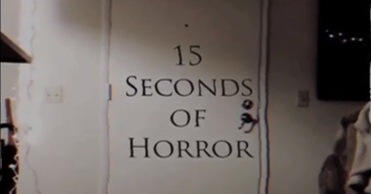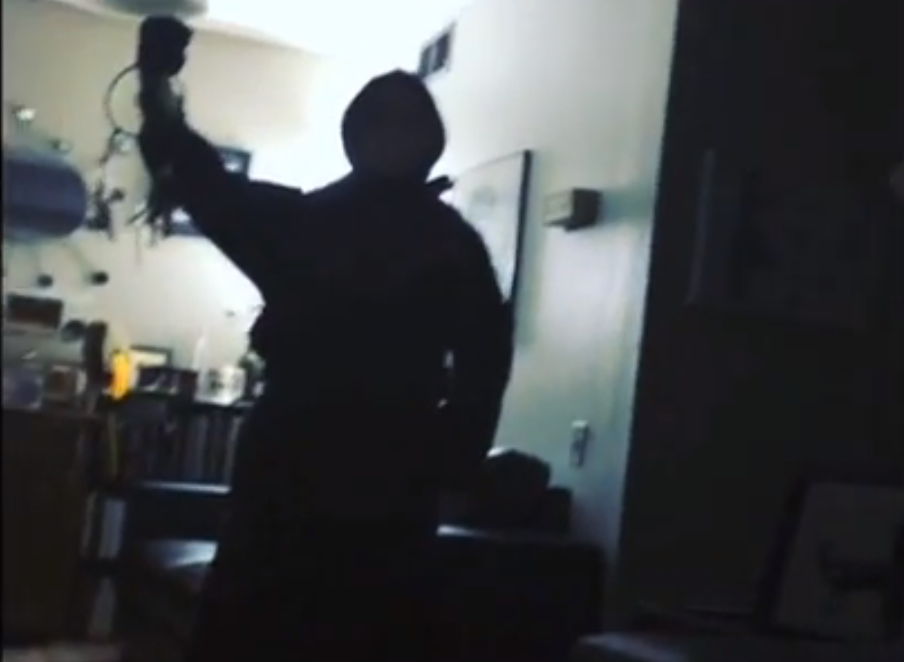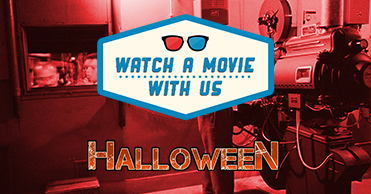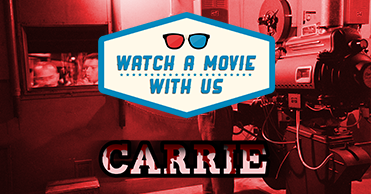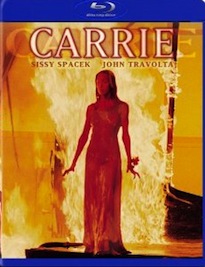Hello One of Us crew! My name is Tim Buel and I am an independent filmmaker and podcaster from Southern California. I am here today to talk about something myself and my dear friend Cody Rhyse cooked up over the last few months, that Brian Salisbury graciously invited us to showcase here on One of Us: 15 Seconds of Horror!
This past June, Instagram launched a new video feature in addition to their usual photo uploading service. At this point in time, Vine was rampant with short sketches and comedy bits, yet was sincerely lacking in genre creativity. And with Vine only allowing 6 seconds of video, Instagram’s 15 seconds certainly gave a lot more to play with. I jokingly tweeted after the video feature’s reveal, “I will now be exclusively directing edgy, 15 second short horror films on Instagram” and the seed of the idea was unintentionally planted. I couldn’t stop thinking about it and told Cody of my concept of shooting 15 second horror vignettes. Cody and I had just finished writing a horror feature and were itching to start working on something. He loved the idea and we began to brain storm on a few different short concepts. We also both loved the idea of shooting completely in-camera and using the constraints of no post-production (besides a handy Instagram filter) to boost creativity. All audio would have to be in-camera, and any effects would need to be practical. No room for CGI or digital trickery! The project ended up becoming our own Dogme 95 of sorts as we stuck to these constraints throughout the project and shot with only what was available to us within the Instagram iOS app.
After launching the first segment entitled, “Worm,” we began to shoot them every week or so for the next few months while drafting the help of my wife, Rayna and Cody’s girlfriend, Karina as extra actors. After a while, a through line began to appear in the segments’ “stories” and it was apparent that all of the vignettes were connected. This was an accident but one we were happy fell into our laps. The only catch was, the chronology was mixed up. Things seemed to be happening out of sequence and being revealed as the story continued. We began to run with it. We loved the accidental “Pulp Fictioning” of our horror series and thought it added an element of mystery if the through line was hazy. After a few months, Cody and I agreed that the first series of vignettes were wrapping up and decided to cap it at a 13 episode season and then move on to another theme or story element for the next series.
Above, we have the chronologically correct edit for all 13 shorts for Series I of 15 Seconds of Horror now put together as a short film in and of itself. What we would love to hear from you are your ideas and concepts that you would like to see used for Series II! We plan on announcing the theme based off of your feedback and shooting the next episodes as soon as possible! The shorts are usually released through my personal Instagram account (and still will be), but will also be premiering here on One of Us in Youtube format every time a new episode is live! So check it out! We hope you enjoy it and invite you to join along with any Instagram horror shorts you make by using the hashtag #15SecondsofHorror or #15SoH when you post it! We would love to see your work and hope you guys give us some great ideas for Series II! Thanks!
Follow Tim, Cody, & Tim’s podcast The Golden Brifecase

